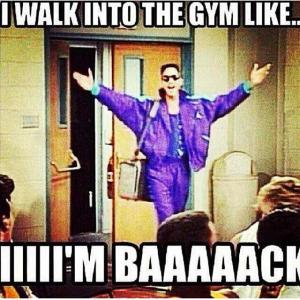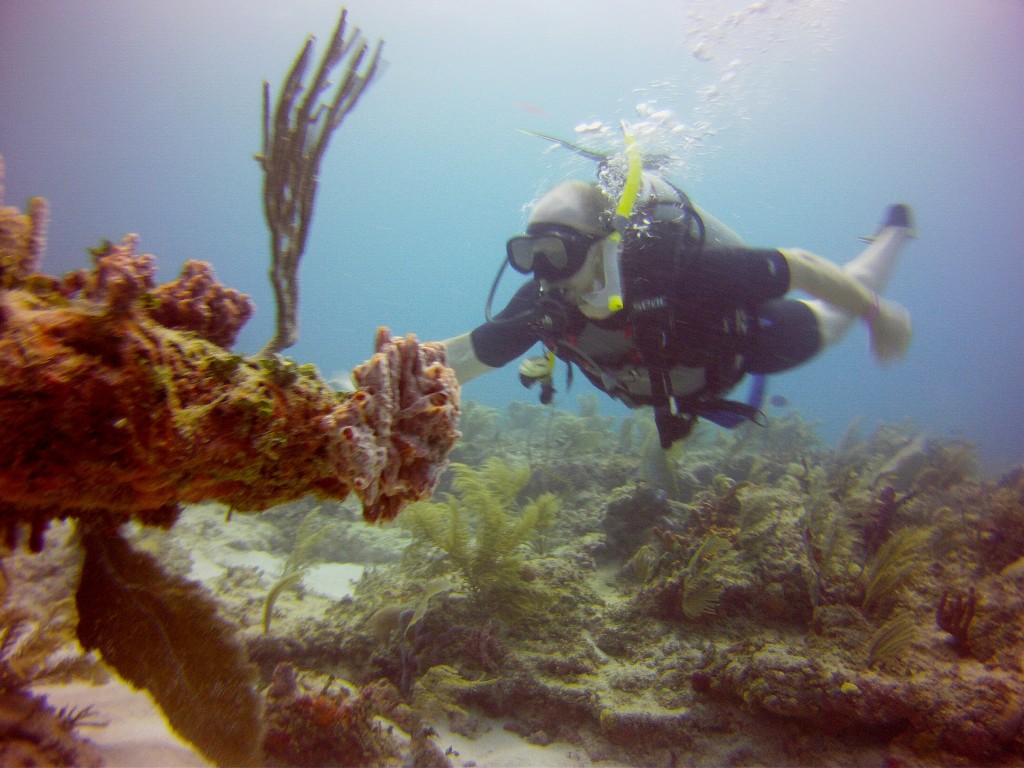A few weeks ago I was on vacation and wrote a post about active and passive rest. Now that I’m getting back to lifting, it seems fitting to write about what the first workouts should look like after taking a break.
But first: why, and when should we take vacations from weightlifting?
When I first started lifting, I refused to take more than 2 consecutive days off from training. I would go on training for months or years without a break. I felt that I couldn’t afford to take a break if I wanted to accomplish my goals as a weightlifter. I thought that I would somehow lose all the effort I put in and the strength that I’ve gained if I let myself rest.
What I didn’t realize at the time was that if I didn’t take a break, I would actually stop improving.
When we train hard for a long period of time, our joints and muscles accumulate micro tears from training. Our internal organs become overworked because of the supplements we take, which affects our energy levels and mood. Mental stress accumulates and we become both physically and psychologically drained. When this happens, we eventually stop improving and are at-risk for getting injured.
Vacations are simply vital. We need to step away from what we do and allow ourselves to physically and psychologically recover. It’s true that we’ll be weaker when we get back from our break, but we’ll also be rested and ready to return to training to become even stronger than we were before.
Coaches typically plan for their athletes to take breaks 2 to 4 times per year, following competitions, for 1-2 weeks. The training process and competition are extremely physically and psychologically demanding. And the week after a competition is the furthest week from the following competition – making it the ideal time to get some rest.
When returning from a break, many lifters make the mistake of jumping right back into heavy training. This is a bad idea, since the risk of injury at this time is at its highest. We are weaker physically and our muscles and joints aren’t ready to jump back into heavy training. Even though we feel fresh and ready – we need to take some time to prepare our bodies to start training heavy again. Starting a new training cycle is like starting a training session: you can’t jump right into big weights – you need to warm up first.

That’s not actually me.
After returning from a break, the first week of training shouldn’t include any fast movements. The workouts should consist of a high large variety of movements including squats, pulls, and presses, along with other typical bodybuilding exercises (more on that in the training to train phase). The goal isn’t to lift heavy – it’s to get all the muscles and joints back into working order. The weight should be around 40-65% of recent maxes, with relatively high volume: 5+ sets, 4+ reps. After a week or so of this, the muscles and joints will be ready to fully work again.
I came back from a vacation a week ago and couldn’t wait to get back to weightlifting. I felt like an addict looking to score some weightlifting. My first week back consisted of lots of squats, pulls, presses, curls and ab exercises. Finally yesterday, I did my first snatch workout. It feels good to be back – I’m fresh, nothing hurts, and I’m hungry to lift.








Very insightful!!! I do realize that my training is not that of an Olympic lifter what with lifting from a wheelchair but it very much still applies. Thank you for your expertise and the sharing of your knowledge.
My Pleasure, Paul. Thank you for the kind words.
In all seriousness, folks, other than a straightforward protein supplement (whey-based, or in my case a vegan version) you really should consider steering clear of “super-maximum-muscle-building” type supplements. A lot of this stuff is marketed by companies not concerned with ethics. If you rise to the higher echelons of our sport and get nailed for “doping,” pleading that the supplement you took was “contaminated” with something illegal and you “had no idea” is becoming real stale!
Hello Yasha!
My name is Teddy and I am a Crossfitter!
Two days ago I came back in my country Holland from a long vacation in Indonesia! I was in Indonesia for 18 days. I haven’t touched heavy weights on my vacation. Yesterday I decided stupid enough to backsquat and frontsquat very heavy.. Hatch squat program week 6 day 1. Because I was doing that before I left to Indonesia so I wanted to continue where I left off.
Unfortunately it didn’t go very well yesterday.. Yesterday I felt so weak during the squatsession and I wasn’t able to squat weights that felt very easy before I went to Indonesia. I couldn’t even squat my 1 rep max! The jetlag is killing me. Before my vacation I felt so strong but now after my vacation I feel so weak.
I also feel to weak to start doing crossfit workouts. I don’t know what I should do? I realay must and would love to get back on track with heavy lifting and doing heavy metcons and high intensity crossfit workouts. I want to get my energy back and my strenght! Could you please give me some advice?
Don’t rush it. By jumping right into heavy workouts that your body isn’t ready for, you risk injury. Jumping right into training often causes microinjuries which aren’t noticed, and get worse over time. I suggest taking a week to tune your body up for training. Don’t do anything over 70% – and keep most weights around 50%. Work on perfect technique, on rigidity, on mobility. The strength comes back after 7-14 days.
Your choice is either lift heavy now – or stand a better chance of lifting more than you would have in 5 months.
Hi Yasha,
Thank you for this article! How would you go about coming back after a much longer vacation (around 5-6 weeks)? Would you still only spend around 1-2 weeks in this type of phase or would you spend longer since the time off was longer?
The amount of time spent in this phase may increase a bit, but not by much. Perhaps add an extra week to get the cobwebs off. Most of the work in regaining strength will be done in the Base phase. More on that here: http://yashathoughts.com/roadmap-for-training/
Hey, this is a great site. Im forever on the lookout for sites resembling this. Carry on the nice effort!
I think I just have been told about this issue at job 2 days ago by a friend, but at that time it didnt caugh my attention.
First of all, allow my family appreciate a persons command during this matter. Even though this is certainly brand new , nevertheless soon after registering your site, this intellect has exploded extensively. Allow all of us to take hold of ones rss to help keep in touch with at all probable messages Sincere understand but will pass it on to help admirers and my private are living members
Greate pieces. Keep posting such kind of info on your page. Im really impressed by your site.
Terrific work! This is the kind of information that are meant to be shared
around the net. Disgrace on Google for now not positioning this submit higher!
Come on over and seek advice from my website . Thank you =)
If some one wants to be updated with latest technologies therefore he must
be visit this site and be up to date all the time.
I know this web site gives quality depending articles or reviews and extra data,
is there any other web site which gives such information in quality?
Howdy! This article couldn’t be written any better!
Going through this post reminds me of my previous roommate!
He constantly kept talking about this. I’ll forward this post to
him. Fairly certain he’s going to have a very good
read. Thank you for sharing!